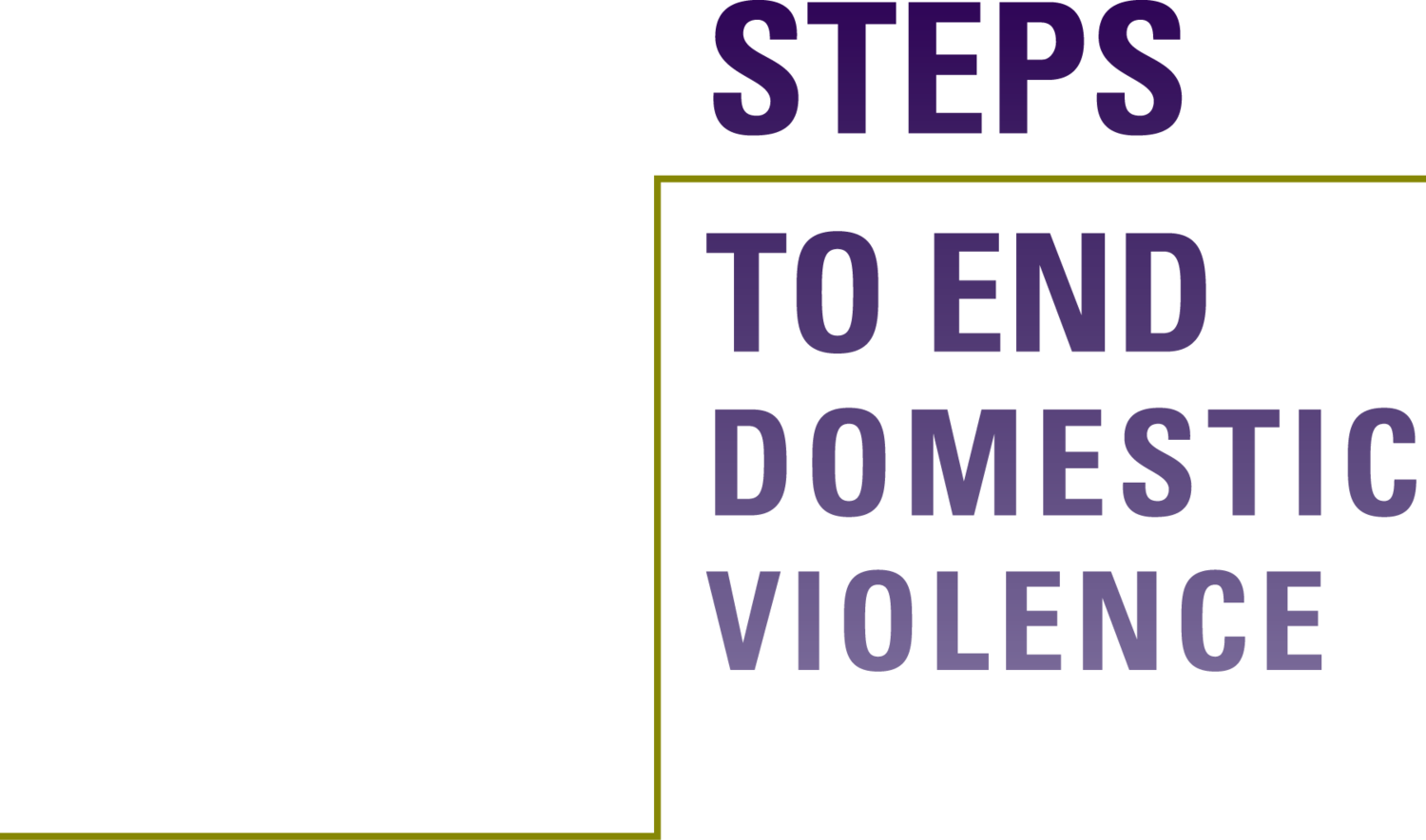Sue Schmidt Teaches the Art + Science of Storytelling
We were so excited to welcome Sue Schmidt, storytelling expert best known for her work with The Moth and Say It Forward Productions, as she hosted two storytelling sessions in preparation for the 2018 Take Steps in Their Shoes event.
A major part of this day, taking place on October 6, is the sharing of true stories by those impacted by domestic violence. Whether directly or indirectly, as a survivor, a loved one or someone who joins the journey in a professional capacity, everyone’s story is unique – and everyone’s story is important.
For those who were unable to attend the workshops, keep reading to learn what Schmidt had to say about this vital craft and how to really make a story come alive.
Schmidt specializes in Moth-style storytelling, named after the national stage production. This means stories are true, starring the speaker as the main character, and are delivered without notes for a more genuine and personal approach.
In Moth-style stories:
- Facts matter – Altering details for security purposes is fine, but non-fiction is a must
- Safety comes first – Due to the personal nature of the Take Steps in Their Shoes event, keeping the speaker safe is vital; this might mean authors have someone else read a story or certain parts ultimately need to be omitted to ensure identities of those at risk are secured
- Hopeful messages are powerful – The event is intended to showcase the incredible strength of those affected by domestic violence – our lives may have been touched by the issue, but we don’t let it define us. We’re working for social justice and social change – and inspiring others through our own pieces
Our stories will focus on the journey – the changes to one’s life and showing that we can overcome
So… where to start?
Remember that:
- Human brains are wired for connection – a well-told story can pull in someone who hasn’t had the same experiences by drawing common ground and interweaving relateable elements. Set up stories in a way that listeners can connect the dots and they’ll be more engaged.
Elements of a story:
Setup
Characters – YOU! Who else is there? What is their role?
Setting – Where are you? Describe the time in your life, the time in history, in the world
Desire
What does the main character want? Why is it so important?
For example, in The Wizard of Oz, Dorothy wants to go home; other things happen but she doesn’t stray from her ultimate goal
Setback/Conflict
What’s getting in the way of what you want? Why?
- This could be someone else, the situation you’re in, or yourself standing in the way
Climax
How does the character overcome the setback? What is special about what they (you!) do?
Resolution
What’s the deeper meaning?
- Note: This is actually the LEAST important part of the story… if all the pieces are laid out in a meaningful way the audience should understand this without being told.
A few things to remember:
- Show, don’t tell – Transport the audience to wherever your story takes place, using familiar sights, sounds, smells – things they can relate to
- Use the power of stories for good – To influence others and celebrate your story, because it’s unique and amazing – it’s yours!
- Move your story forward as you tell it, even if the timeline jumps around
- Stay on point with the plot
- Help the listener visualize what YOU most want them to pay attention to
- Follow the rule of 3: When listing items, stick with three, since people often don’t listen to more than that
- Emotion is great! And it’s always okay to cry, but if a story makes you too emotional to share, choose something that might be easier
- Practice, but don’t memorize! The audience can tell the difference, and we want to hear from YOU, not a piece of paper
Page-to-Stage… how does that work?!
Before you even write down your story, just think about it, then – write it all! Edit later, just get it all out.
After that… reflect. Is it clear? Are all the points there? This is where Schmidt comes in to help shape a good story into a great one.
Speaking of… great means your story is:
- Unique!
o No one else can truly tell your story the way you can
- Universal!
o Even though it is yours alone, help others fully understand your journey by bringing them into it
- Well-told
o Let listeners know you’re okay – because you are! You want them to get it, not worry about you as you tell it
Now, let’s add music!
Local band The Brevity Thing will be performing live during the event; they’ll be learning songs chosen by speakers to play in-between stories. This adds a cool extra personal touch
So… what should you do?
You’ve learned about stories, now it’s time to share yours!
Send your stories, either written notes, a full piece, recorded audio or video – whatever works best for you – to Jessie Forand, our Development and Communications Manager, at jessf@stepsvt.org. Also reach out to her if you’re feeling stuck or are unsure where to start… sometimes just talking it out sparks a great idea.
Rough drafts should be sent by Sept. 12, from there speakers will meet with Schmidt on Sept. 17 and 27 (at times to be chosen later, in order to best work with different schedules).
Good luck and we can’t wait to learn more about YOU!



